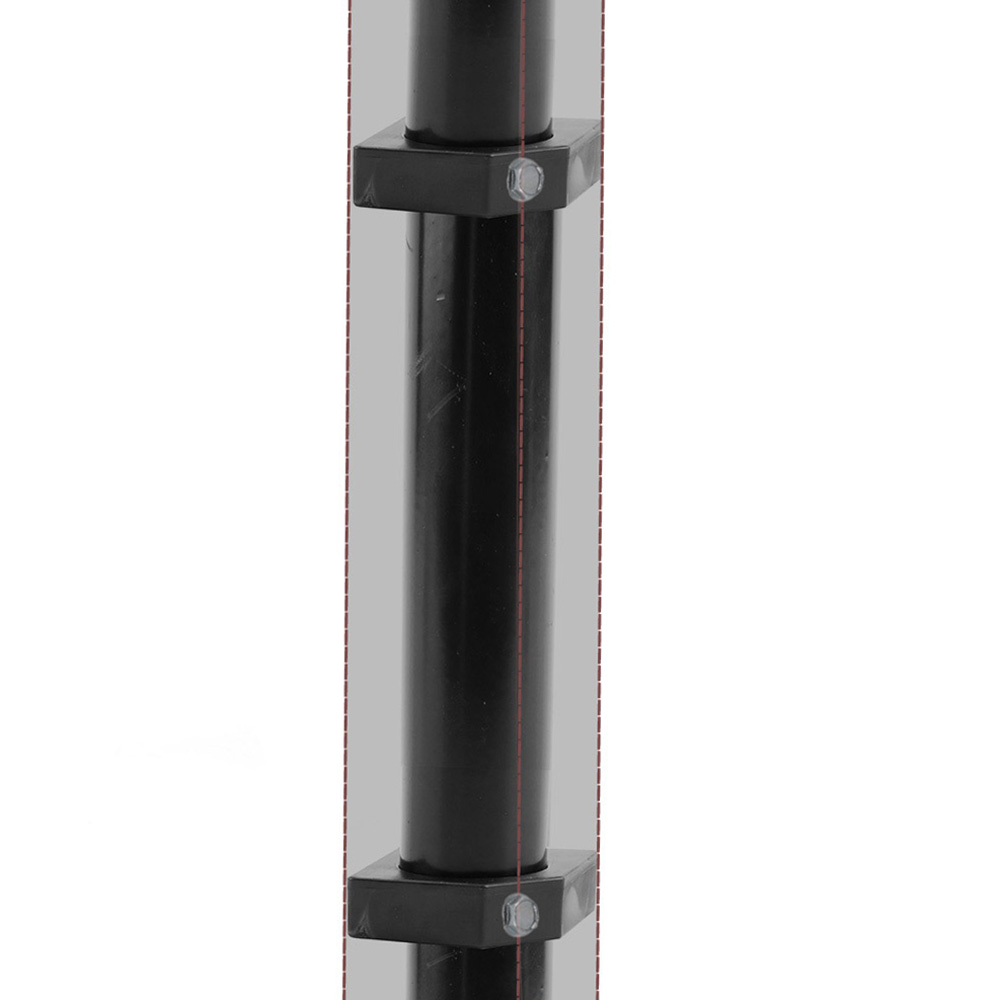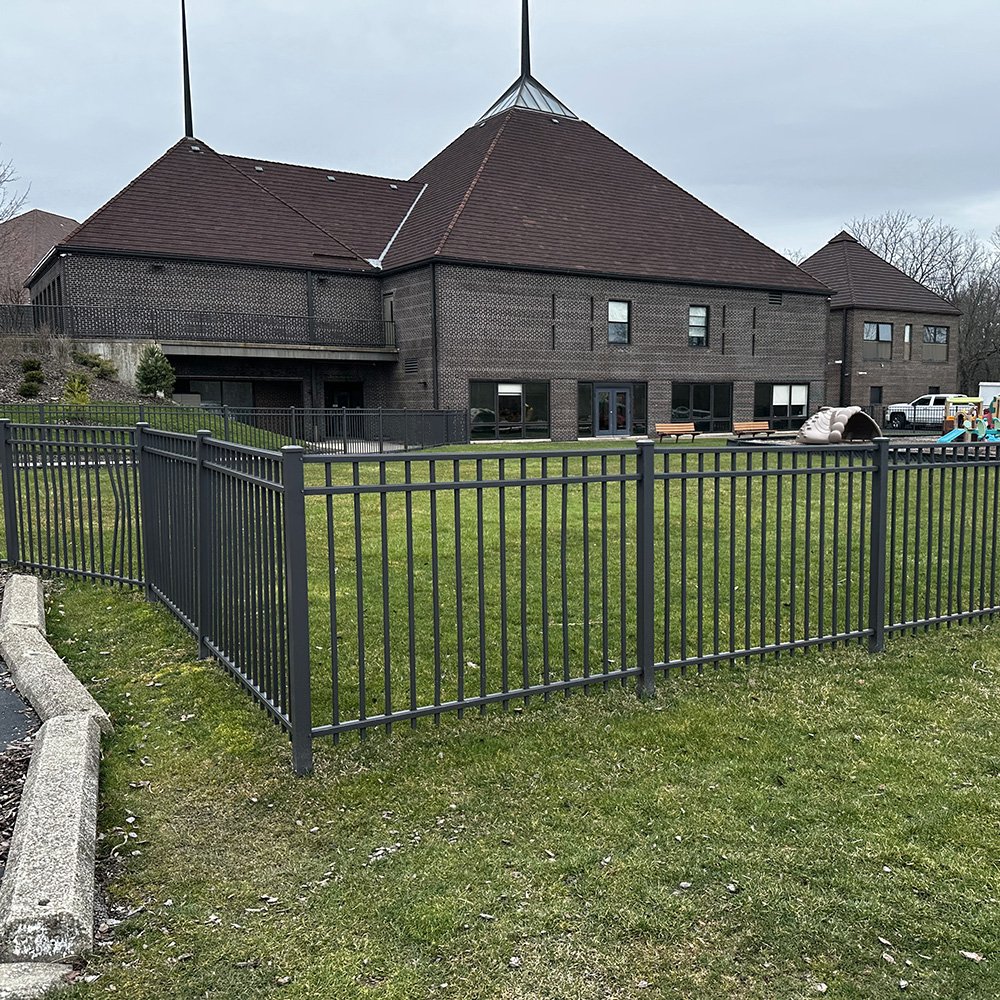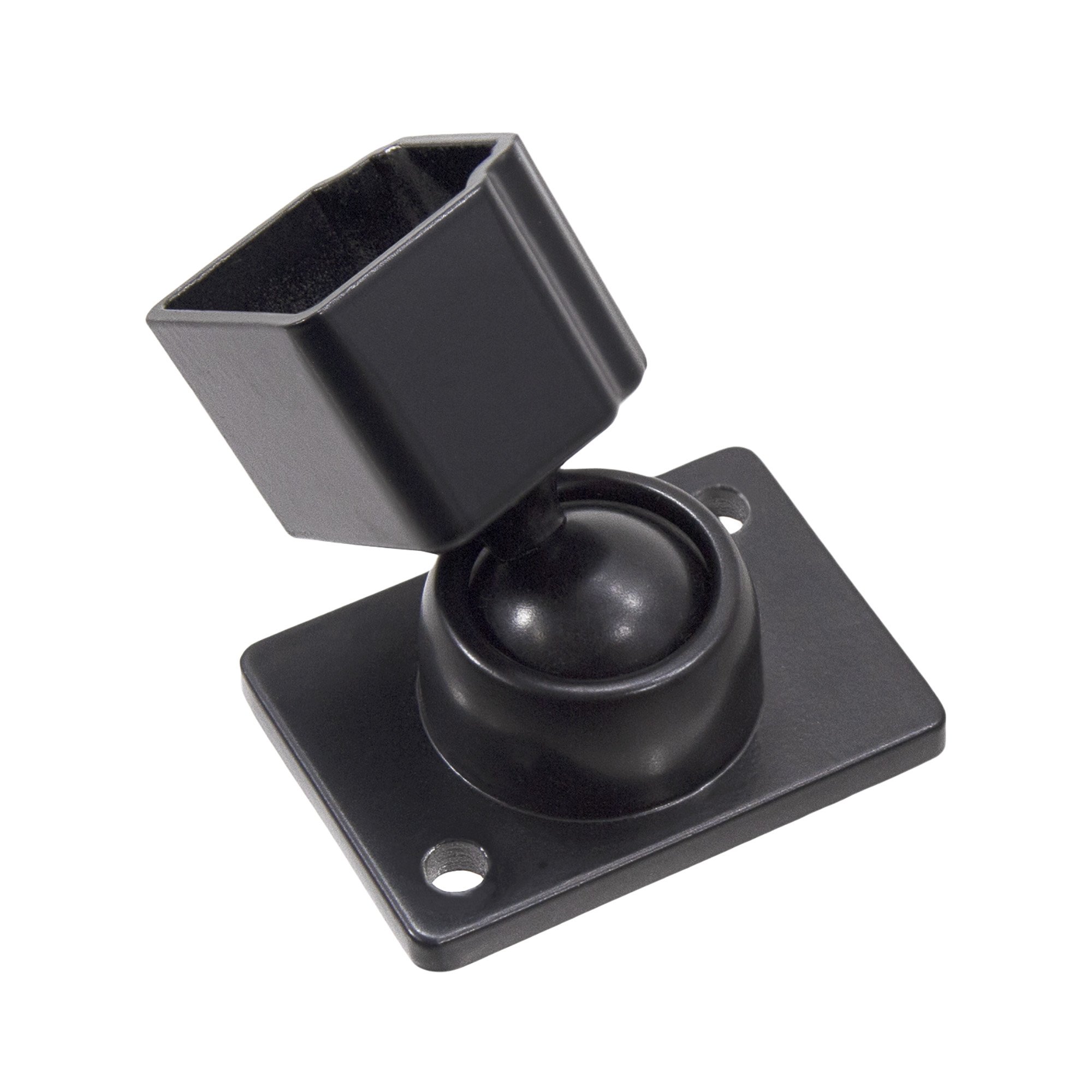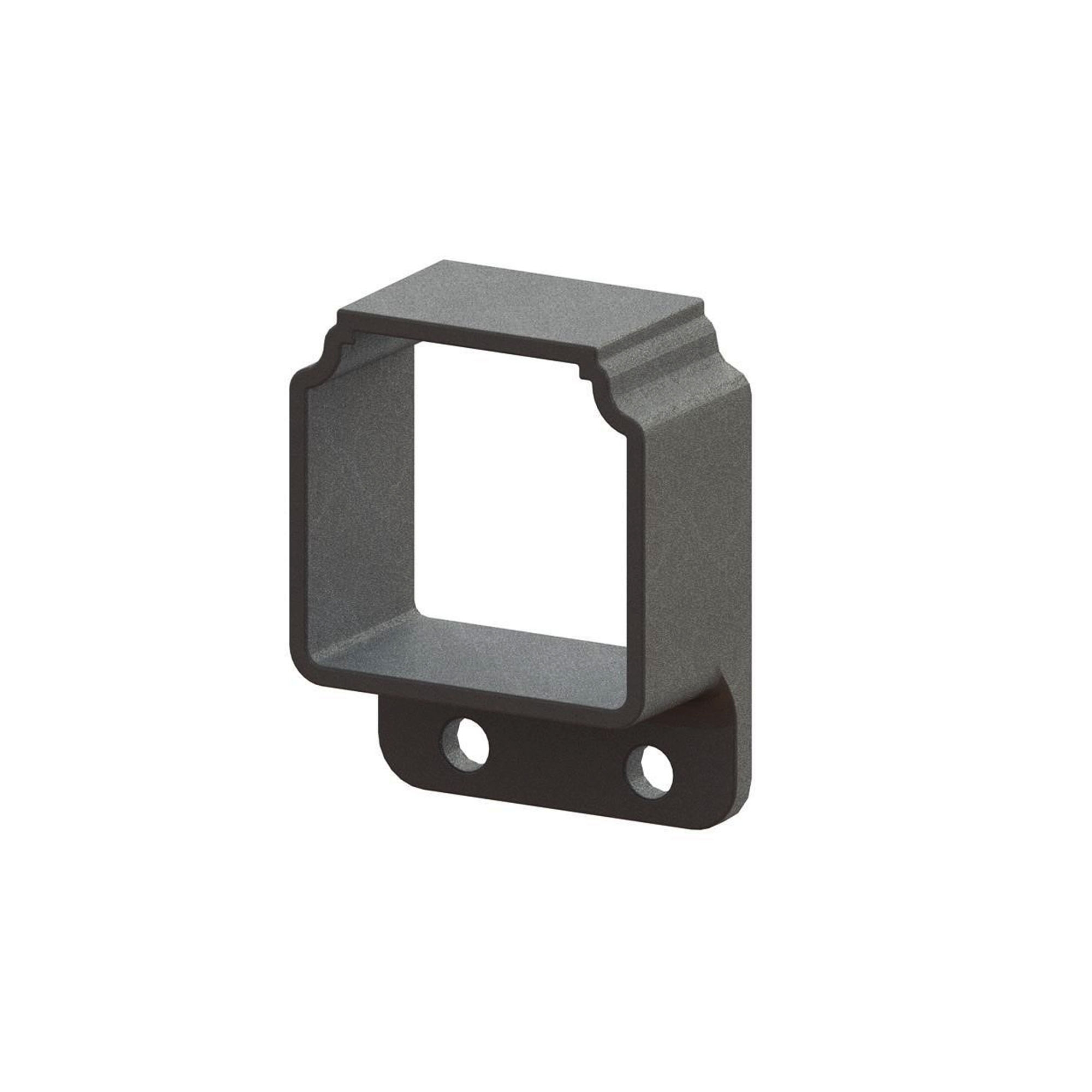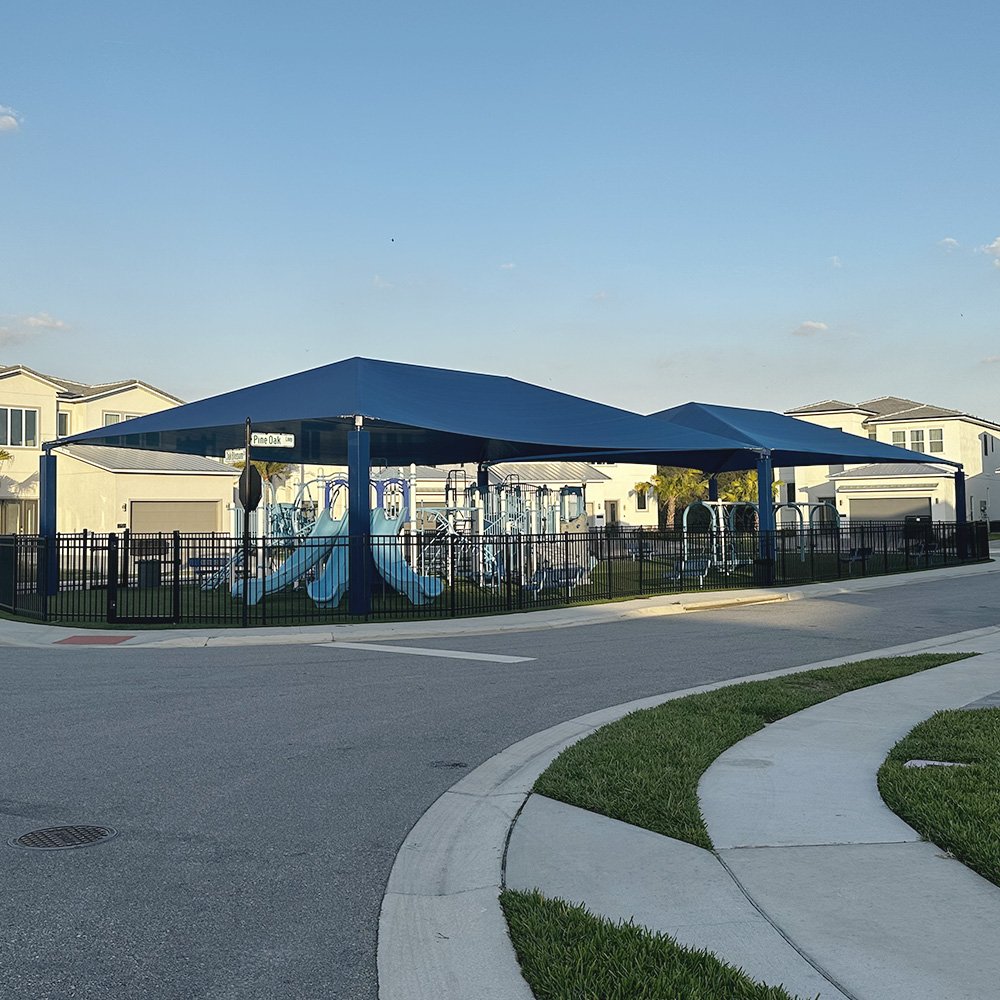How Deep to Install Aluminum Fence Posts
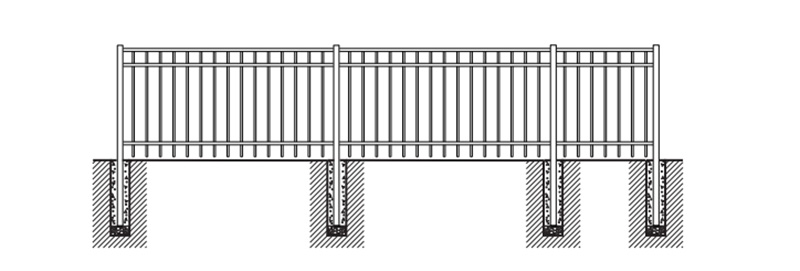
Proper post depth is essential for ensuring the stability and durability of aluminum fences, which rely on secure anchoring to maintain their structural integrity. Posts not buried deep enough risk leaning, wobbling, or collapsing due to environmental factors like wind, shifting soil, or frost. Several key factors influence the required depth for aluminum fence posts, including soil type, climate, and height. For instance, loose or sandy soil may necessitate deeper post settings to provide adequate support. At the same time, regions with freezing temperatures require posts to be installed below the frost line to prevent frost heave from displacing them. Additionally, taller fences or those exposed to strong winds may require deeper anchoring to remain upright and secure. By carefully considering these factors and adhering to recommended depth guidelines, you can enhance the fence's longevity and protect your investment.
So, How Deep Should a Post Be Mounted?
A good rule of thumb is to bury them at least 24 inches deep to keep your fence stable and secure, even in strong winds. For a 6-foot fence, you'll usually use 8-foot posts, sinking 2 feet into the ground to give it a solid foundation. Even shorter fences, like 4-foot ones, still need that 2-foot depth to stay steady. Skimping on depth might save time upfront, but it'll lead to wobbly fences later—so why take the risk? Dig deep, and your fence will stand tall for years.
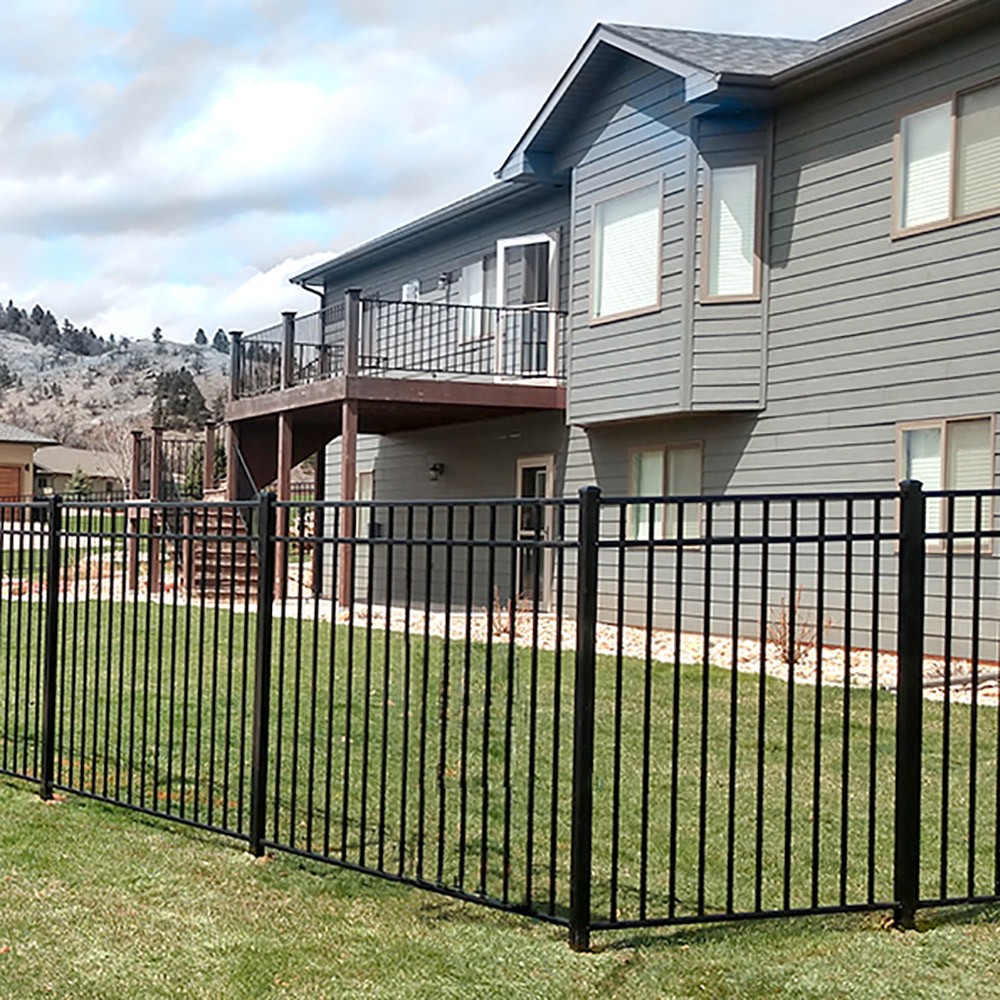
Post Depth Factors
The depth at which you set aluminum fence posts can vary depending on several factors, as the fence's stability relies heavily on the conditions of the installation site. Soil type, climate, fence height, and wind exposure determine how deep posts should go. Ignoring these factors can lead to structural issues, so evaluating your specific situation before installation is essential. Below are the key considerations affecting post depth:
Soil Conditions:
The type of soil at your installation site directly impacts the fence's stability. Stable soils, such as clay or compacted earth, provide better support and may not require intense post settings. On the other hand, loose or sandy soil offers less support, so posts need to be buried deeper to ensure the fence remains secure.
Climate Considerations:
In regions where freezing temperatures occur, frost heave can push posts out of the ground over time. To prevent this, the concrete foundation for the posts should be extended below the frost line, which is generally deeper than 12 inches. This prevents the freeze-thaw cycle from dislodging the posts and maintains the fence's integrity.
Fence Height and Wind Exposure:
Taller fences are more susceptible to wind pressure and may require deeper post settings to avoid tilting or toppling. Similarly, if your fence is in an area with frequent high winds, burying posts deeper will provide the additional stability needed to withstand these forces. For example, a 6-foot-tall fence may need posts buried deeper than the standard 24 inches in particularly windy locations.
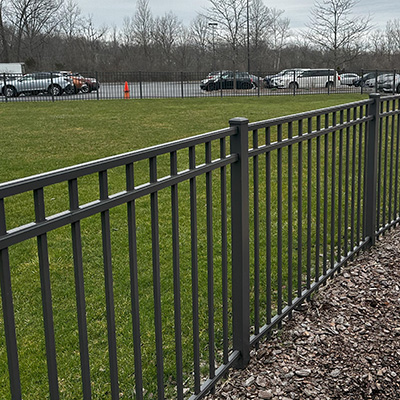
Post Installation Best Practices
Proper installation of aluminum fence posts ensures their stability and longevity. Following best practices during installation can prevent issues like leaning or shifting over time while also helping the fence withstand environmental pressures. Below are the recommended steps for post installation, including hole preparation, setting the post, and allowing the concrete to cure properly.
Post Hole Preparation:
Begin by digging post holes to the correct depth based on the height of your fence (typically at least 24 inches deep) and approximately 6 inches wide. For added stability and drainage, fill the bottom of each hole with about 6 inches of pea stone or gravel. This base helps prevent water buildup around the post, reducing the risk of movement over time.
Setting the Post:
Once the gravel base is in place, position the post securely on top. Fill the rest of the hole with concrete, tamping it down to eliminate air pockets. Leave the concrete about 2 inches below ground level to prevent it from spilling or interfering with landscaping. Use a level to ensure the post is plumb and properly aligned before the concrete begins to set.
Concrete Curing:
Allow the concrete to cure for at least 24 hours before attaching fence panels or applying weight to the posts. Rushing this step can compromise the fence's stability, as the concrete won't have enough time to harden and secure the post.
Post Support and "No-Dig" Options
For areas where traditional digging is impractical, no-dig options offer a practical and efficient solution for installing aluminum fence posts. These systems utilize ornamental fence brackets to secure the posts without extensive excavation. However, even in no-dig installations, a post or pipe must still be driven into the ground to provide adequate support. Once the post is in place, an aluminum post sleeve fits over the pipe, creating a sleek and polished appearance while maintaining structural stability. This method is ideal for challenging soils like rocky or compacted ground. Still, it also allows you to reuse existing fence systems by adapting to pre-installed posts or pipes, making it a versatile and eco-friendly choice.
Aluminum Fence Ornamental Fence Bracket
The Aluminum Fence Ornamental Fence Bracket is a durable, no-dig solution that creates a stable foundation for aluminum fences. It works by securing two brackets over the round pipe driven into the ground and then sliding the aluminum post sleeve over the brackets, leaving no room for the sleeve to shift over the support post. This design ensures stability, simplifies installation, and works for both new fences and reinforcing existing ones.
Key Features:
- Compatibility: Accommodates 1 5/8" round internal posts within 2 1/2" square aluminum posts.
- Durability: Built with heavy-duty materials for long-lasting performance.
- Ease of Installation: Enables quick and secure setup for efficient post installation.
- Versatility: Works seamlessly for new fences or retrofitting existing systems.
Installing aluminum fence posts properly is essential for ensuring your fence's structural integrity and longevity. Whether you opt for traditional digging methods or no-dig solutions, achieving the correct post depth is crucial to prevent leaning, wobbling, or other stability issues. Posts should generally be buried at least 24 inches deep, though local factors such as soil type, frost lines, and wind exposure may require adjustments. No-dig options, which involve securing a round internal post into the ground and fitting an aluminum post sleeve over it, offer an efficient alternative, especially in challenging soil conditions or when reusing existing fence systems. Following recommended installation practices—such as using gravel bases, properly leveling posts, and allowing concrete to cure—ensures a strong foundation. By considering these guidelines and adapting to your specific site conditions, you can create a durable and visually appealing fence that stands the test of time.
If you have any questions, please get in touch with our sales representatives—they're always happy to assist you! For more information and helpful guides, be sure to explore our Resources Hub.

